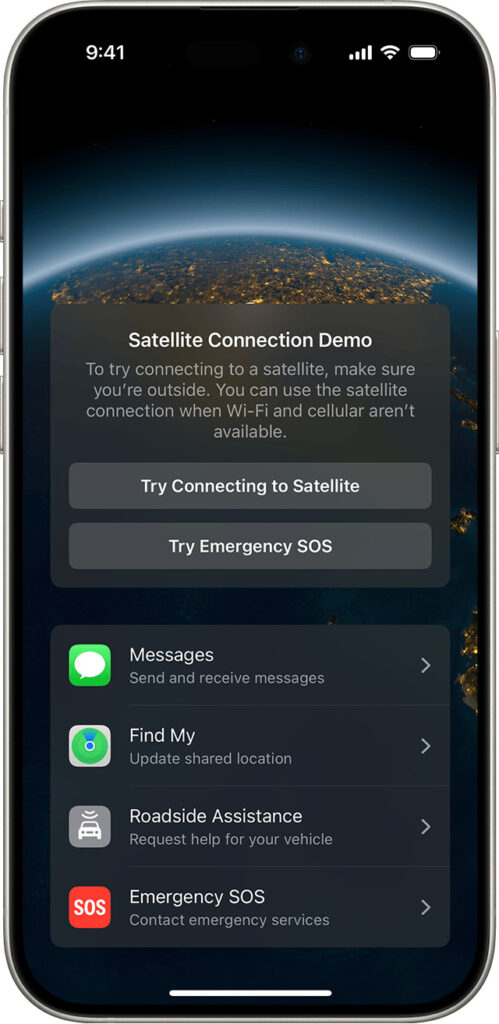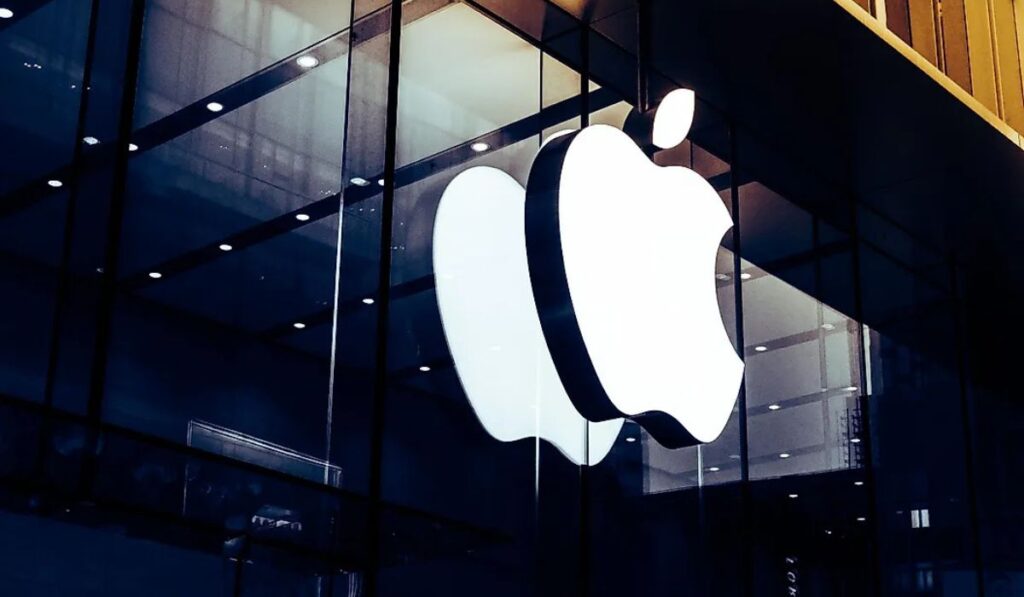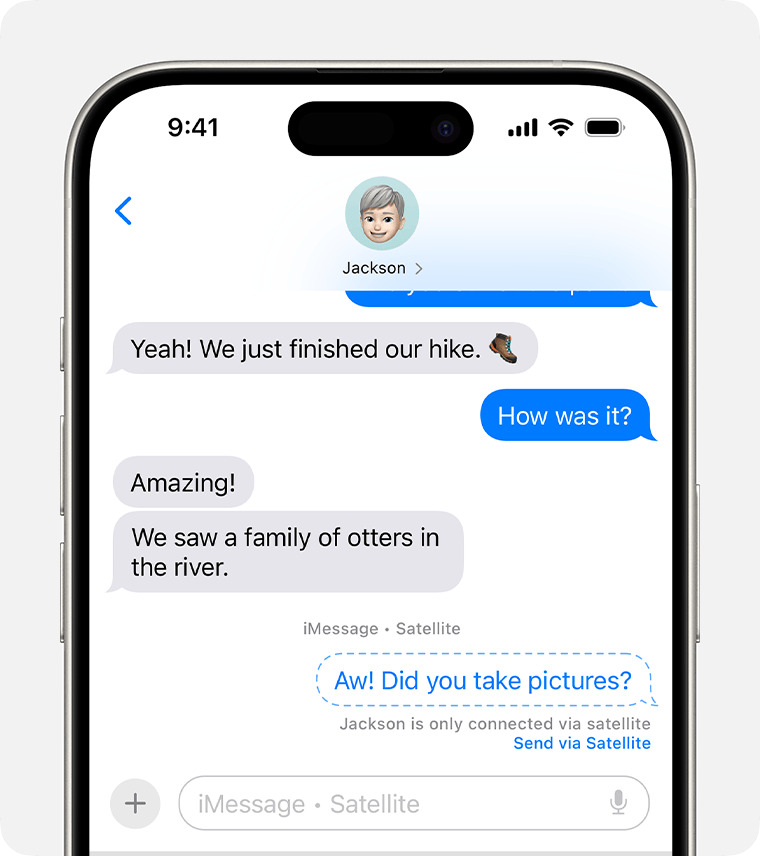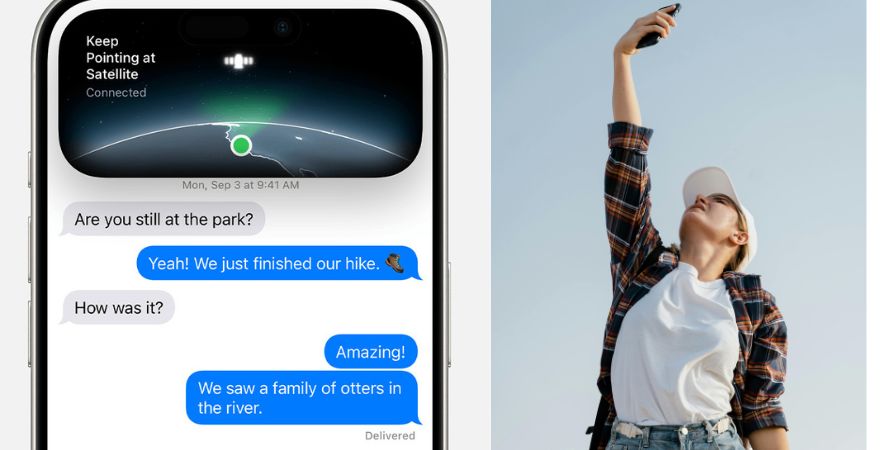Apple is making waves in the tech industry once again with a substantial $1 billion investment in satellite communication company Globalstar, aiming to significantly enhance the satellite capabilities of iPhones. This deal, expected to close on November 5, 2024, will give Apple a dominant position in the satellite connectivity market and could redefine standards for smartphone communication beyond traditional cellular networks.
Expanding Satellite Capabilities for iPhones

The investment is broken down into $600 million in cash and an additional $400 million for a 20% equity stake in Globalstar, a satellite communications provider that already powers Apple’s Emergency SOS feature. Apple’s latest move will support the development of a new Mobile Satellite Services (MSS) network, which includes building a fresh satellite constellation, expanding ground infrastructure, and increasing global MSS licensing. Globalstar will allocate 85% of this network capacity exclusively for Apple’s use, underscoring the depth of this partnership.
The collaboration isn’t new. In 2022, Apple introduced the Emergency SOS feature for iPhones, allowing users to send emergency messages when outside of cellular coverage. The feature, already credited with saving lives, laid the groundwork for Apple’s foray into satellite connectivity. Apple previously invested $450 million to support Globalstar’s infrastructure, and the new investment will build on that foundation to expand satellite capabilities for both emergency and non-emergency use.
Market Competition and Innovation

Apple’s push into satellite connectivity aligns with a growing trend among tech giants looking to expand mobile coverage. Competitors like SpaceX and AST SpaceMobile are also pursuing satellite-based networks, with projects aimed at enabling services like SMS messaging, voice calling, and internet browsing through space-based infrastructure. However, with the new MSS network largely dedicated to Apple, the iPhone maker has secured a significant advantage in delivering exclusive services to its users.
New Features and Possible Future Developments

While Apple has yet to fully reveal its plans for this expanded network, several features could be on the horizon. Expanded capabilities may include enhanced messaging and location-sharing services, specifically through the “Find My” app, which could enable real-time location tracking in remote areas without traditional connectivity. The non-emergency iMessage feature is also expected to grow, potentially integrating with popular messaging platforms like WhatsApp or Signal. In the future, Apple may explore adding voice and video calling options, making satellite connectivity a key differentiator for iPhones.
Tim Farrar, a satellite industry analyst, noted that the satellite expansion could be transformative. He suggests that the “new MSS network” and “new satellite constellation” indicate more than simple network upgrades, pointing toward a substantial enhancement in satellite infrastructure. With plans to possibly launch up to 80 new satellites, this new phase may allow Apple to explore broader applications, such as bundled services through Apple One or as optional add-ons with mobile carriers.
Regulatory and Technical Challenges
Despite the exciting potential, Apple’s satellite expansion may face regulatory and technical hurdles. The Federal Communications Commission (FCC) has granted partial regulatory clearance to Globalstar for up to 17 replacement satellites, but further approvals are required if Apple and Globalstar intend to expand the network significantly. Competing satellite operators like SpaceX may also challenge Apple’s plans, especially regarding spectrum allocation and orbital debris management. A regulatory delay could complicate Apple’s rollout of new satellite services, as noted in Tim Farrar’s analysis.
Another challenge lies in creating a seamless experience for users across competing satellite networks. If companies like T-Mobile or AT&T launch similar services, consumers may face confusion over which satellite option best suits their needs. As Apple plans to continue offering satellite connectivity for free initially, it may need to introduce a paid model down the line, raising questions about user adoption if charges are applied to a previously free emergency feature.

